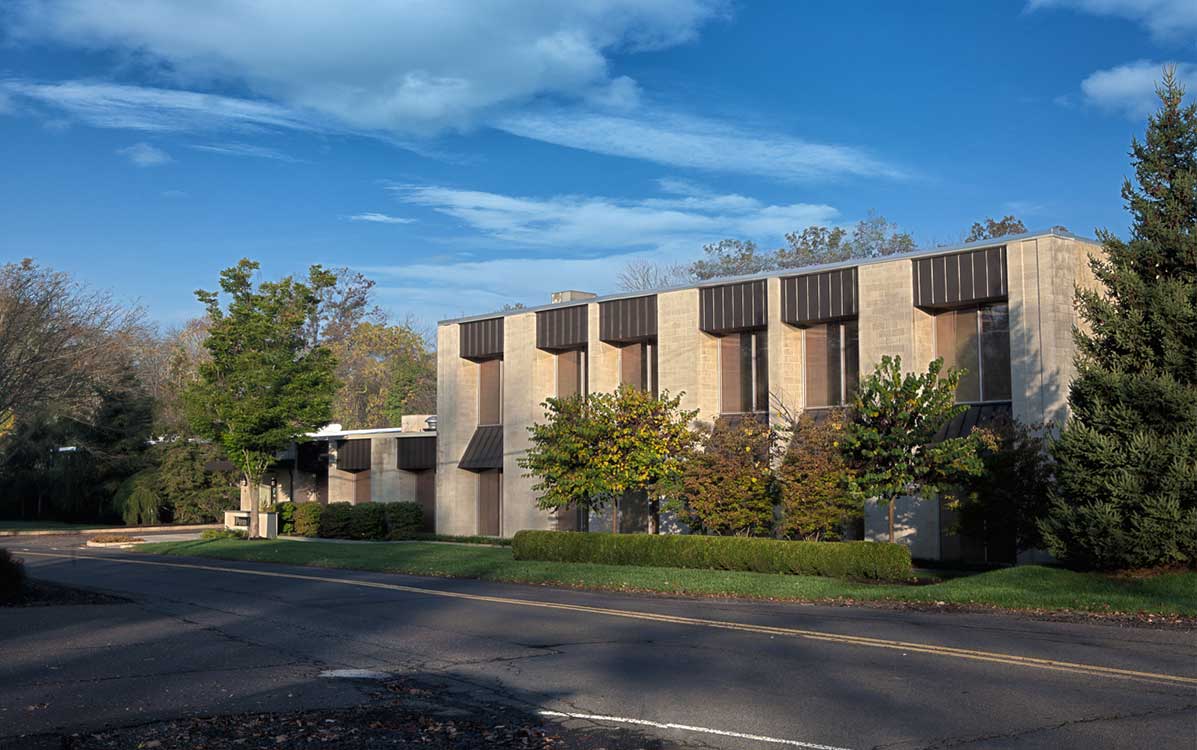In May 1964 Edgar Putman founded PFD Plastics in Flemington, NJ because he saw great opportunity in the plastics industry. PFD Plastics became a leading supplier of pigment dispersions for plastics, in particular for the flexible PVC film and compound industries.
Edgar approached Sun Chemical Corporation in 1971 about a company they operated called Pennsylvania Chemical Color (Penn Color), located in Doylestown, PA. Penn Color was a manufacturer of pigment dispersions for printing inks and industrial coatings, and became Mr. Putman’s very first acquisition. Jointly, the two companies were able to disperse almost any pigment in any resin, creating what has become the most diversified color concentrate and pigment dispersion company in North America.
By 1977, after an official name change to Penn Color, the company was experiencing phenomenal success and growth with expansion projects underway at the Doylestown location. Shortly after graduating from college, Edgar’s son, Kevin Putman Sr., joined the company and served in many technical and manufacturing roles as he learned the ins and outs of his father’s business. Kevin took over the reigns of Penn Color at the beginning of the millennium, and remains the President and CEO of Penn Color today.
With Penn Color’s continued growth came more opportunities and acquisitions. In order to expand their flexible PVC business, Edgar Putman turned his attention toward American Nu-Color, and in 1984 this Manville, NJ company became part of the Penn Color family. Just one year later in 1985, Sampson Coatings, located in Richmond, VA, was purchased. Sampson made high quality house paint for the regional Richmond area, as well as architectural coatings, floor finishes, lacquers, and industrial paint and coatings.
With a mindset for continuing growth and expansion, Penn Color purchased an 180,000 sq. ft. building on 128 acres of industrial property in Hatfield Township, PA in 1988. The space in Hatfield offered the opportunity to develop a new generation of products and the ability to consolidate the Flemington and Manville operations under one roof. Shortly after the PVC consolidation in 1990, the planning and design work began to relocate the Doylestown operation to Hatfield. At the same time, Penn Color was busy making two more significant acquisitions.
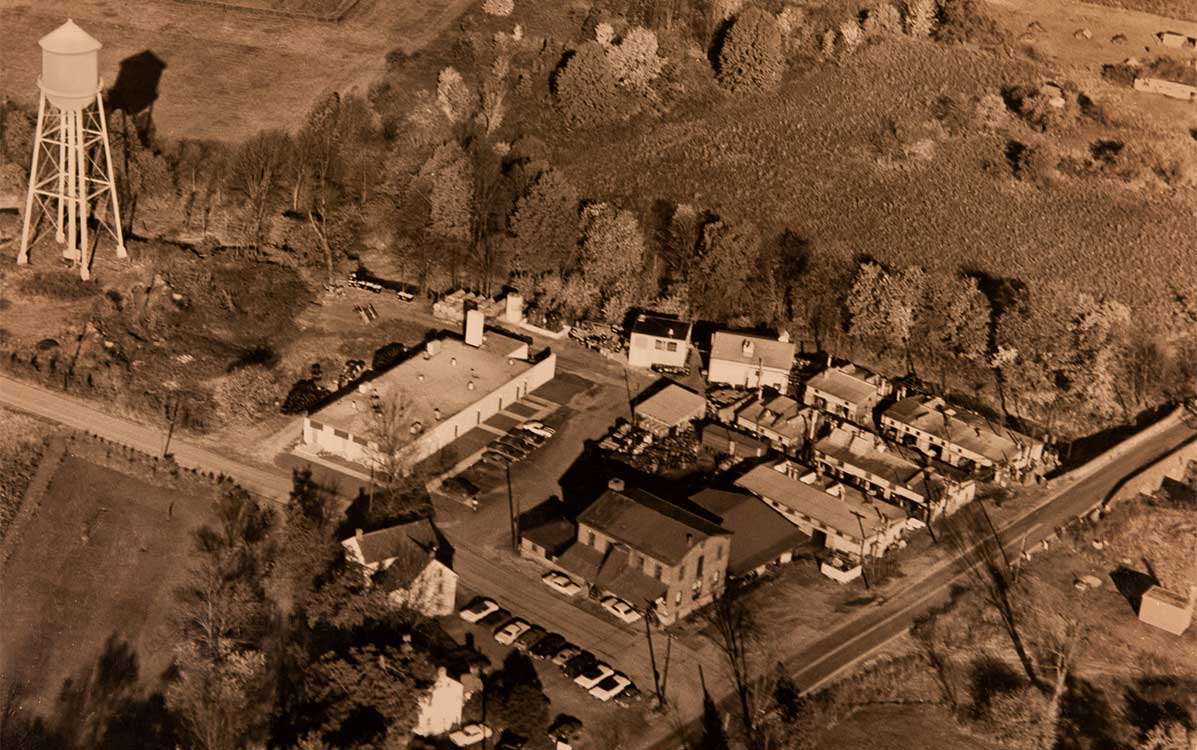
Until the end of the 1980’s, Penn Color’s involvement in the plastics industry was primarily in flexible PVC films and compounds. As the PVC market began to consolidate and contract, another move was necessary. In 1990, Penn Color acquired East Coast Labs (ECL) of New Brunswick, NJ, opening up the entire plastics industry to Penn Color. ECL’s twin screw extruders and color matching technology were moved to Hatfield, giving them the ability to process color concentrates and masterbatches for polyolefins, styrenics, ABS, PET, and a host of other engineering polymers. This capability gave Penn Color access to an entirely new set of end markets, including rigid packaging, consumer housewares, and toys.
The second acquisition came a year later in 1991 when Penn Color purchased Custom Chemicals, a major competitor located in Elmwood Park, NJ. In addition to producing products for some of the existing Penn Color markets, Custom Chemicals gave Penn Color an entrée into the vinyl siding market with their rigid PVC technology. They also specialized in the development of high performance, water-based finished ink and coatings systems for wall covering and vinyl flooring markets, along with protective topcoats and other functional additives. The acquisition also brought a distribution partner for these flooring and wall covering markets in Boxmeer, The Netherlands.
Seeking to capitalize on their newfound success in Europe, Penn Color acquired the wall covering and flooring distribution business in 1994. And in 1999, christened a brand new water-based manufacturing and product development operation in Venray, The Netherlands, known as Penn BV. With Penn Color’s plastics masterbatch business thriving, a building expansion took place in Venray in 2011 to add a color development laboratory and a number of twin-screw extruders to service the European plastics masterbatch market.
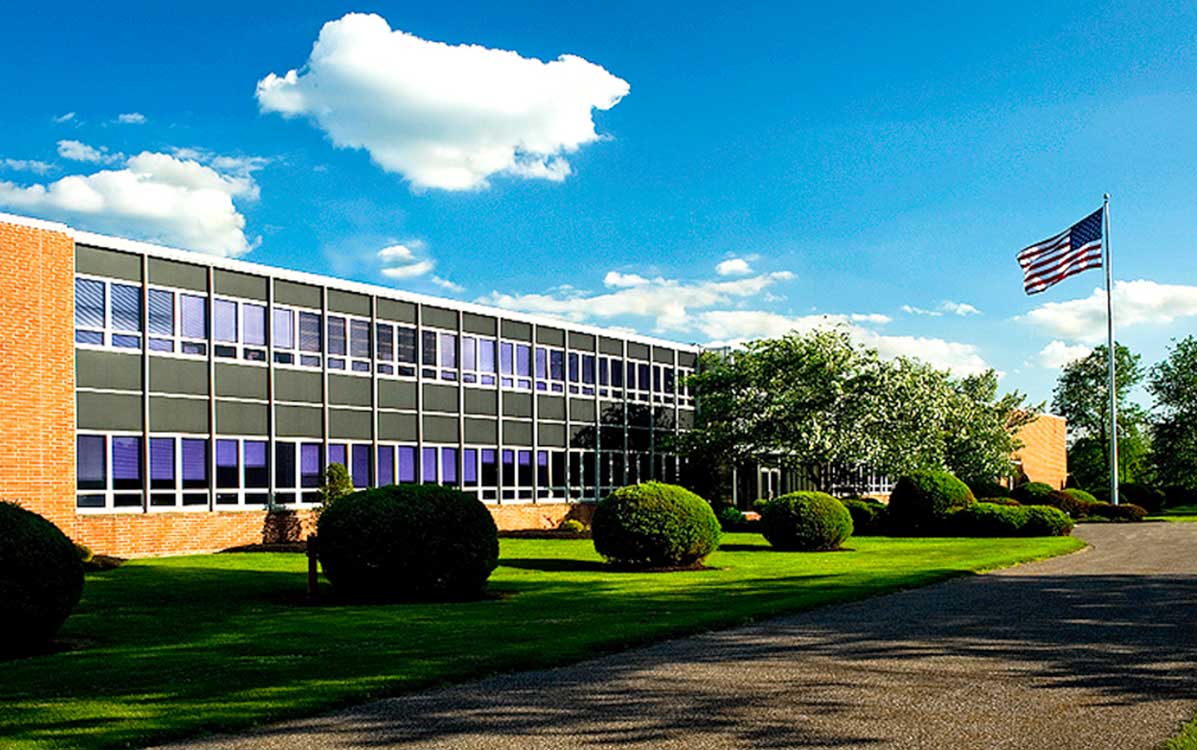
In 1996, after 10+ years of buying, building and closing numerous production sites, and paying the mandatory environmental consulting fees with each transaction, Penn Color started their own environmental company, Penn Environmental & Remediation, Inc. Penn Environmental & Remediation, Inc is a full service environmental, engineering and energy consulting company, headquartered on the Hatfield, PA campus, now with satellite offices in Western Pennsylvania, Central Pennsylvania and the Appalachian region.
With the Doylestown ink and coating dispersion operation brought much needed space and freedom to thrive in their new state of the art facility that was built with the most up to date environmental and worker safety measures available. This expansion brought the total square footage of the Hatfield site above 400,000 sq. ft., making it one of the largest pigment dispersion operations in the North America.
Also, by the beginning of the 21st century, Penn Color had identified the synthetic fiber industry as its next target market. The company was also in search of a regional plastics masterbatch operation in the Southeast United States. In late 2002, Penn Color acquired Infinity Color in Ringgold, GA, a small manufacturer of color concentrates for the fiber industry. The Infinity Color acquisition allowed Penn Color to successfully penetrate the fiber market to the point where Penn Color outgrew the original building. In 2008, Penn Color purchased and renovated a 100,000 square foot building down the road from the original building in Ringgold, and moved the masterbatch and dispersion manufacturing operation into its new home.
With the Doylestown ink & coating dispersion operation bursting at the seams, construction of a brand new 230,000 sq. ft. manufacturing complex and research center was completed in 2000. The big move was made, leaving the now serene Doylestown site as the world headquarters for Penn Color.
The move gave the manufacturing and technical group the much needed space and freedom to thrive in their new state of the art facility that was built with the most up to date environmental and worker safety measures available. This expansion brought the total square footage of the Hatfield site above 400,000 sq. ft., making it one of the largest pigment dispersion operations in the world.
Several more acquisitions in the early 2000’s added new customers and technology to Penn Color’s portfolio. They acquired the assets of both RBH in Bound Brook, NJ, a competitor of Penn Color in the ink and coatings marketplace; and Lancer Dispersions, a small plastics masterbatch manufacturer in Akron, OH, and absorbed both businesses into their Hatfield operation.
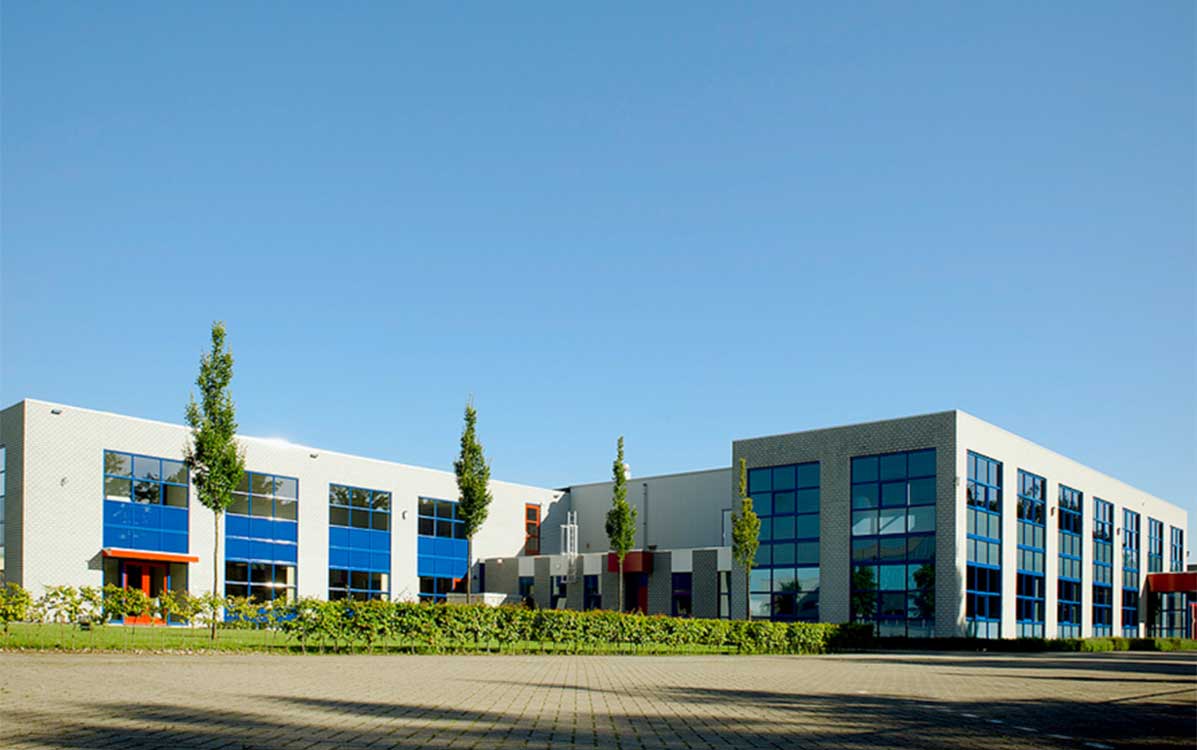
Looking again to expand our global footprint, in 2007, Penn Color formed a joint venture with Asha Color in Mumbai, India, known as AshaPenn Color. This venture gave Penn Color access to the local Indian market for automotive, industrial and specialty coatings, and brought new technologies to the customer base in the region.
With Penn Color’s growing market share in the plastics industry, in particular in the food and beverage segment, the search soon began for a Midwestern US location. After entertaining several acquisition opportunities, Penn Color decided to build a grass roots facility in Milton, WI. With a ground-breaking ceremony of the 52,000 sq. ft. building in September of 2010, the facility produced their first production batch in July of 2011. Several production lines have been added since the building opened, and there is room on the site to triple the size of the current building. Recently, the decision was made to operate under GMP and HACCP compliance – one of a very few North American masterbatch companies to operate at that level.
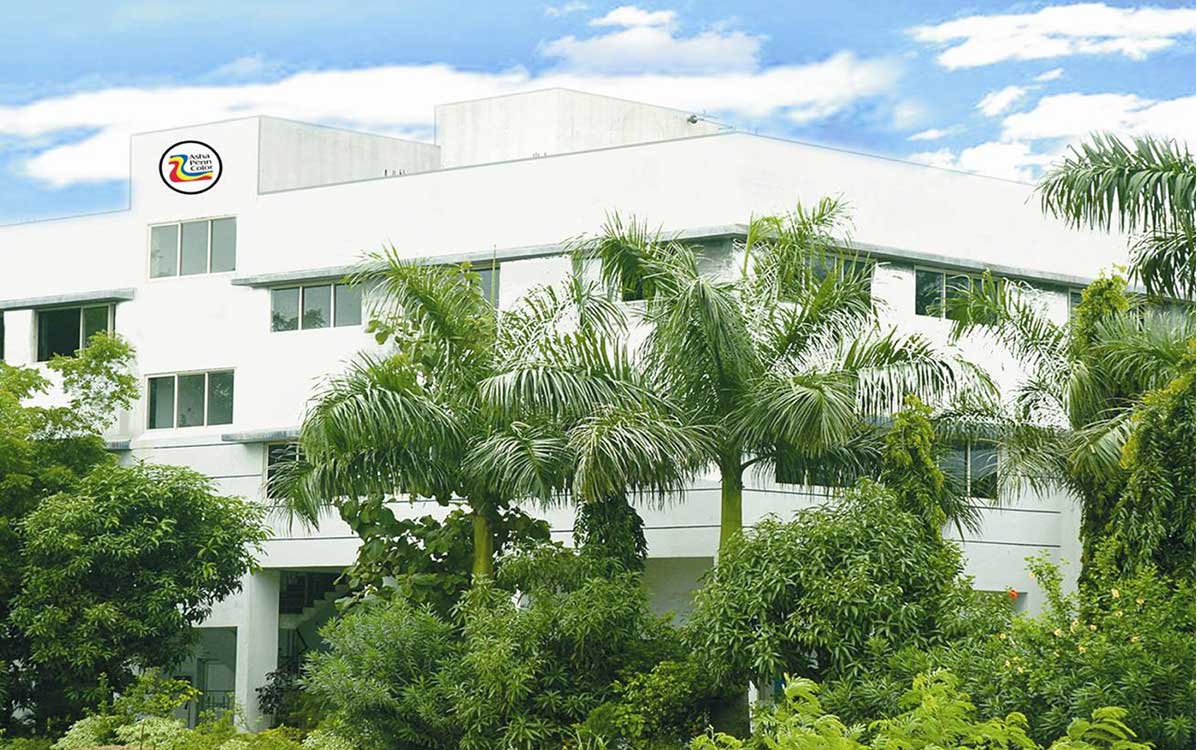
Today, Penn Color’s CEO and President, Kevin Putman Sr., continues to build upon his father’s vision, goals and philosophy adding many of his own. Cutting-edge technology and innovation, market and product diversification, along with honesty and ethical business practices are just part of what has made Penn Color the company it is today. And with three third-generation Putman sons now involved in the business, the company should be expected to flourish and grow for decades to come.
With a workforce of over 600 dedicated employees spread across North America, Europe, and Asia, Penn Color is committed to a leadership role in the global color and additive industry. Penn Color will continue to grow its global footprint in all regions of the world, continue to create and innovate, and continue the commitment to exceed the expectations of our customers.
